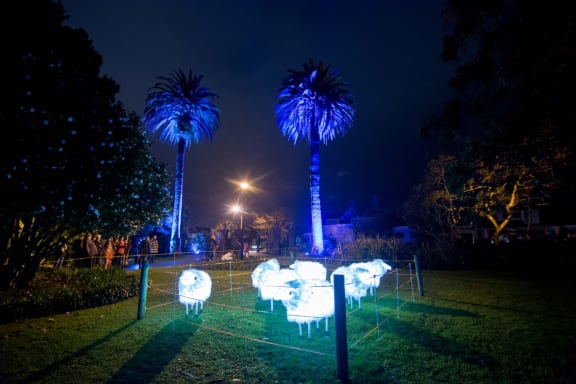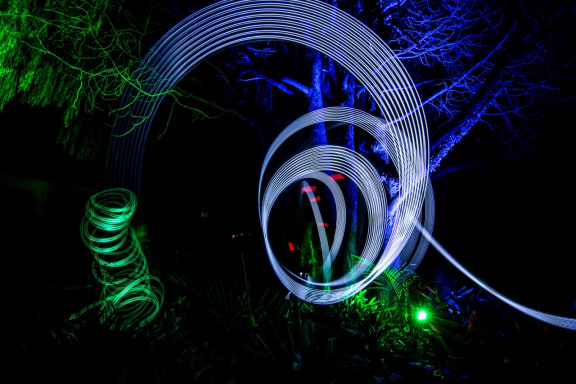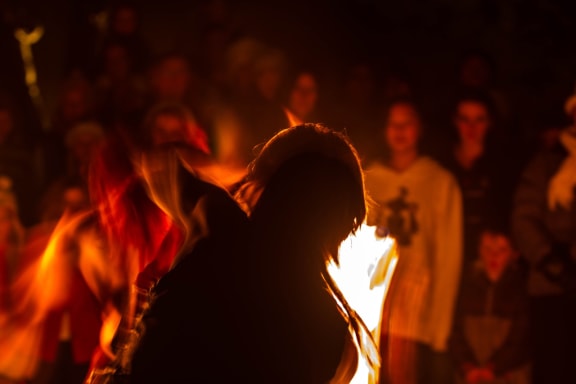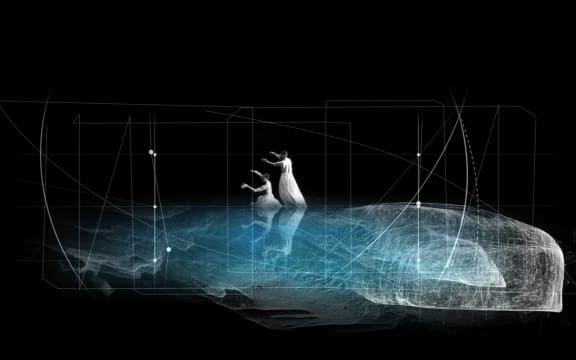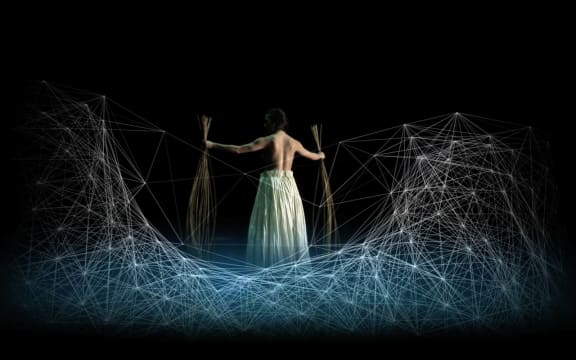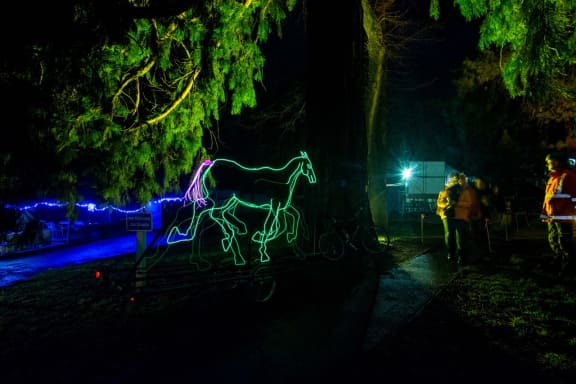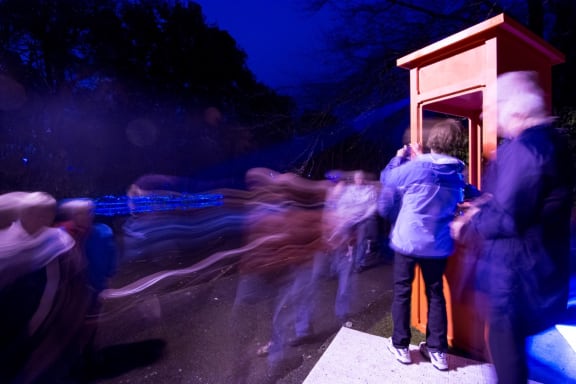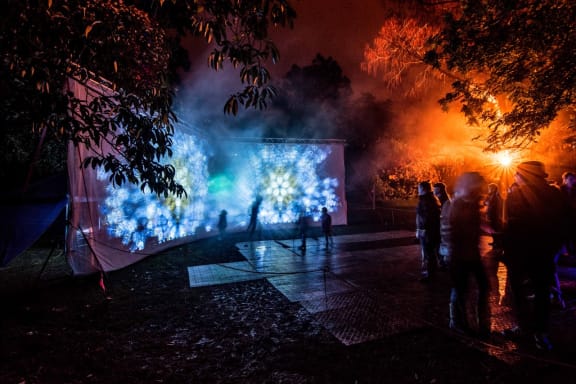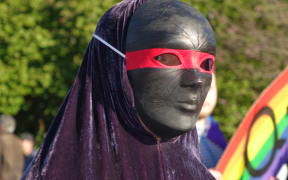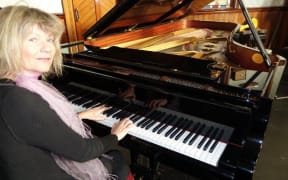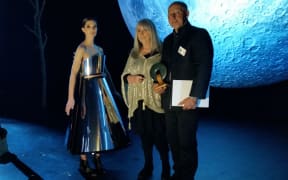First Person - I was as transfixed by the sight of an electric neon horse galloping at night through traffic lights - towed by a bicycle with an invisible rider - as I was by the fledgling creations that graced the Wearable Art stage in its earliest years in Nelson.
The city has never quite got over losing its home-grown show to Wellington's stronger embrace. It has searched for a replacement ever since and nothing has emerged, until now.
Light Nelson - a large-scale illuminated, illusory art and technology show proved in its first two years it has the power to weave a little magic into gloomy winter nights. It is a glowing metaphor for the curiously wacky side of Nelson, which like a mayfly shows its true colours for a few brief days each year in the annual spring Masked Parade.
Two years ago, Light Nelson's second year, almost the entire 46,000-strong population of Nelson city crammed into the ornamental Victorian Queens Gardens venue on one night alone. The reaction was not pleasant, especially among those not used to queuing for a long time, or being trapped in the current of a large crowd, but it added another mayfly moment to the city.
It has taken the last two years to get the third Light Nelson up and running, which it did last night once more to the aural entree provided by electronica group Neon, in the nave of Old St John's Church - a concert venue in the central city.
The inaugural showing was in Nelson's Christ Church Cathedral, when the drums and synthesisers were helped by a choir's four-part harmonies, and the Cathedral bells provided live percussion.
Light Nelson is best described as a "collaboration of art, science and technology designed to respond to darkness through illuminated installations".
Co-founder John-Paul Pochin - a British-born photographer with a physics background - described it as primarily an art event, but with a difference.
He said working with light presented some interesting opportunities and one of them was scale.
"When the idea formed that was one of its appeals - you didn't need thousands of dollars to create something that was the size of a hill, but you can't say 'what can you build with light' - it's something you can't get hold of. It's there one minute and gone the next."
He said everyone had their own take on what it meant, which generated a huge range of projects, from the very high-tech to the low-tech, community projects which still had huge impact.
Light Nelson chairman Brian Riley said the breadth of community involvement had astounded him.
Mr Pochin said the Queens Gardens, with its Victorian theme and home of the city's Suter Art Gallery, was the perfect venue.
"I walk through the Gardens a lot. They have a really nice history but at night they have a really magical quality. Light Nelson transforms them - the first night it was like walking into the Tardis - they looked enormous."
This year more than 60 illuminated installations were spread along the paths and walkways throughout the Queens Gardens, and linked to the campus of the nearby Nelson Marlborough Institute of Technology.
"It's designed to shake Nelson up - wake it up and the way we think about art, but it's also about just getting people out and spending time together," Mr Pochin said.
He said it also got people working together.
"You can have 101 ideas but unless you have people help you fulfil them, you're not going to get anywhere. Nelson is like that - people will help if you have an idea."
The free event is run on a $300,000 budget, propped up mainly by the Nelson City Council. Its genesis was a workshop collaboration between Mr Pochin and an engineering friend known only as Tutty, who created prototypes of Mr Pochin's ideas.
He said Nelson arts doyen and artist Anne Rush, plus Klaasz Breukel who is also an artist and now a trustee of Light Nelson, had also been instrumental in getting the event off the ground.
"It took a whole group who just believed in the idea of it."
It was the same for World of Wearable Art creator Dame Suzie Moncrieff, who battled serious doubts and a tribe of naysayers to get her dream to fly.
She told me in an interview in 2012 when she was a finalist in the New Zealander of the Year Awards that a sense of humour had been the salve for a few wrong turns in her life, and it was also the foundation for her famous creation.
"Nothing happens without the support of others," Dame Suzie said at the time.
Light Nelson has the hallmarks of something equally as special - something that can transport the viewer to another realm for a short time, and stamp its place into the heart of a city.
The event runs nightly until 12 July.

